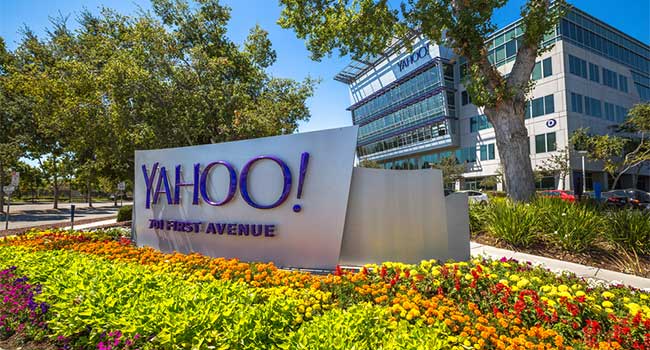
Yahoo Agrees to $50 Million Settlement Following Massive Security Breach
The largest security breach has bred one of the largest class action settlements.
- By Sydny Shepard
- Oct 25, 2018
Yahoo has agreed to pay $50 million to the victims of a security breach that is said to have affected up top 200 million U.S. consumers and some three billion email accounts worldwide.
Yahoo, in an attempt to close the two year lawsuit, has proposed to pay $50 million in compensation to an estimated 200 million users in the U.S. and Israel, according to the court filing. In addition, the company will cover up to $35 million on lawyer fees related to the case and provide affected users in the U.S. with credit monitoring services for two years via AllClear, a package that would retain for around $350.
There are also compensation options for small business and individuals to claim back costs for losses associated with the hacks. That could include identity theft, delayed tax refunds and any other issues related to data lost at the hands of the breach.
Also, those who paid for premium Yahoo email services are eligible for a 25 percent refund.
The deal is subject to final approval from U.S. District Judge Lucy Koh of the Northern District of California at a hearing scheduled for Nov. 29.
The intrusion began in 2013 and was believed to have been a state-sponsored attack by Russia, although no strong evidence has been provided to support the claims. The incident was publicly reported in 2016, just months after Verizon announced it would acquire Yahoo for $4.8 billion.
About the Author
Sydny Shepard is the Executive Editor of Campus Security & Life Safety.